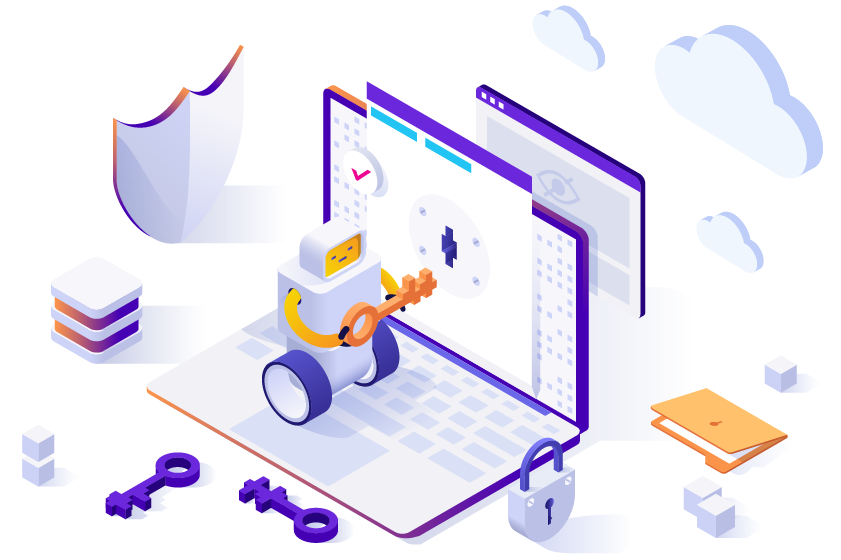Cybersecurity in the cloud
The levels of security available today in cloud environments would blow Scrooge McDuck’s feathery mind, and he’d probably be more surprised to find out that the cloud is often the more economical option. Let’s take a look at the cybersecurity benefits of the cloud:
Automated patching and security management – Cloud environments undergo consistent, centralised patching and security administration so there are faster updates to protect against threats.
Newer technology – Many on-premises data centers were built over time and include disparate systems that are more difficult to support. Top cloud providers maintain the latest technology in order to give their customers more computing resources, making it easier to apply upgrades.
Resilience to more sophisticated threats – Cloud environments invest in highly resilient layered defenses and better authentication protocols that create multiple barriers for attackers. It’s difficult for individual companies to keep up with these costly security tools.
Top cybersecurity pros – Cloud providers commonly attract the best security professionals and keep their skills sharp. It’s difficult for individual companies to hire and maintain such a well prepared security team.
Monitoring and automation – Cloud environments are typically monitored from a centralised location, allowing traffic analysis to identify vulnerabilities. In fact, Microsoft uses cloud-scale machine learning systems to detect and remediate attacks in real time. These automated tools dramatically increase the effectiveness of IT security teams.
Ensuring top-notch data security is complicated since it involves both physical measures and layers of IT security measures. Many organisations are moving to the cloud after realizing their on-premises environments can’t keep up with the security the cloud can offer. However, it’s still vital to perform due diligence and assess what kind of environment provides the most advantages in your particular situation.
In some cases a hybrid structure – in which some systems stay on-premises while others migrate to the cloud – will be the best approach. The answer to this question may go beyond security to take into account the functionality required of each system. For example, while Microsoft 365 and Teams offers more flexibility in the cloud, systems that have undergone extensive customisation may need to remain in their legacy servers for a time.
Even though Scrooge McDuck is rather old fashioned, you’ve got to think he’d be a fan of the very best security given his enormous fortune. Perhaps he just keeps his money room around for the occasional indulgent swim.
If you’re ready to take advantage of the many security benefits of the cloud, MigrationWiz can help you get there. Learn more or check out our licenses today.

